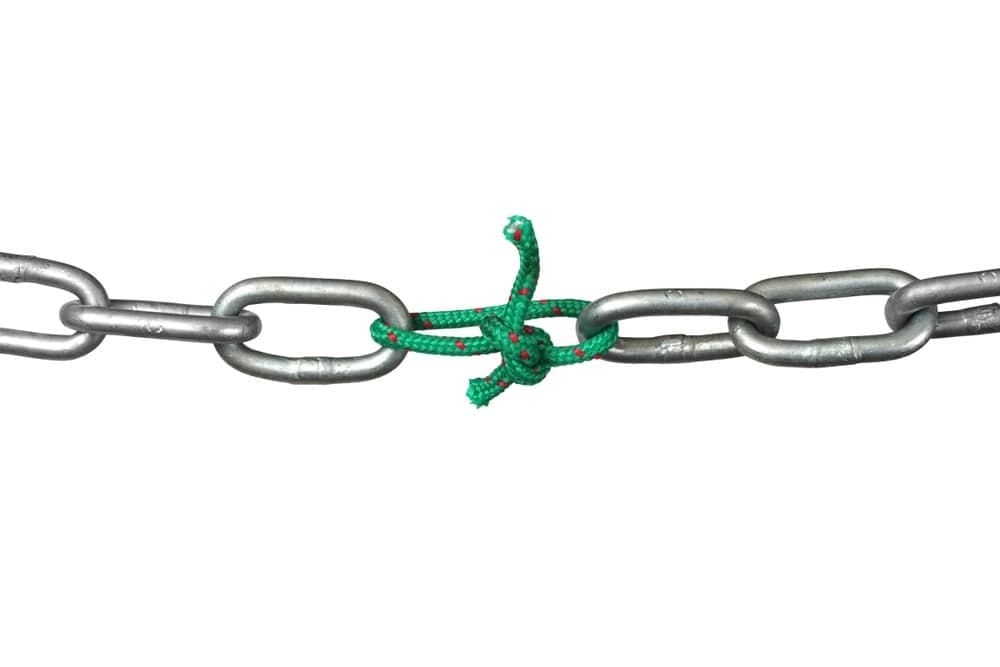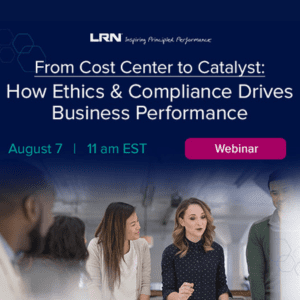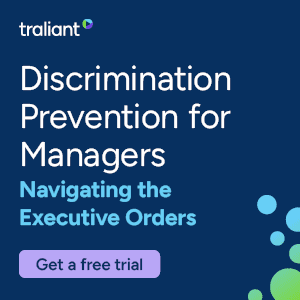Nearly half of compliance and procurement professionals find it difficult to identify environmental, social and governance within customer due diligence processes. Brian Alster discusses this and other findings from a recent Dun & Bradstreet survey.
There is little doubt amongst supply chain industry experts that knowing and actively managing potential risk is essential to the success of an entire supply chain system. Supply chains are highly complex structures often spanning multiple countries and tiers of third parties’ outsourcing and offshoring outside of a company’s core operations, leaving them vulnerable to new and evolving risks every day.
Dun & Bradstreet’s third Compliance and Procurement Sentiment Report, which surveyed over 600 industry professionals from both the U.S. and U.K., found that environmental, social and governance (ESG) screening and monitoring was among the top concerns of industry professionals, a fast-rising third-party risk management issue.
While the tenets of ESG are generally understood as the measure of the sustainability and ethical impact of an organization, what remains to be clearly defined for organizations is how to monitor for, assess and comply with ESG standards within third-party risk management programs.
Most compliance and procurement teams do recognize environmental, social and governance as important factors to monitor within third-party risk management programs, but they also admit that it can be difficult to clearly identify and account for those issues. In asking respondents to explain their concerns about the potential impact of ESG on their business in the next six months, over 43 percent of respondents admitted struggling to identify ESG factors within customer due diligence processes.
We also suspect that the growing concern around ESG is stemming from the decline in the current effectiveness of the screening and monitoring functions. In fact, 51 percent of those surveyed cited the need for more data to be able to identify and verify ESG entities.
Despite the roadblocks, understanding and recognizing ESG in supply chains benefits an organization beyond risk mitigation. For example, supply chains that manage ESG factors effectively typically have a quicker response to regulations or related legal obligations that require supply chain responsibility such as the U.K. Modern Slavery Act and environmental laws in China.
As technology and data production continue to evolve and disrupt industries and their supply chains, managing third-party risk will become more complex than just ESG screening and monitoring. Our latest survey also found that procurement and compliance professionals struggle to detect and respond to fraud, which has become harder to identify as relationships between suppliers, customers and third parties become more multifaceted. The level of complexity and intricacy at which supply chains operate is ever-increasing, and it’s up to industry professionals to stay on top of new trends and technologies that are both disrupting and improving their job functions.
More broadly, our survey revealed that industry professionals are facing increasing pressures to maintain compliance in a constantly changing global business environment. Regulations and sanctions – and the due diligence efforts needed to meet regulatory requirements that change on a dime – are tough to keep up with. In fact, 56 percent of respondents said that regulations are a barrier to doing their job effectively. What’s more, 37 percent of respondents in the U.S. said that they do not know how Brexit would impact their business.
To keep abreast of new risks and potential supply chain disruptions, it’s imperative that compliance and procurement officers remain vigilant in their management of third-party risk, particularly as technology evolves, regulations change and global tensions manifest and shift. Having visibility into crucial information, like corporate hierarchies and the ultimate beneficial owners, is an essential part of this equation. In this way, businesses can stay nimble when unexpected disruptions arise and anticipate new potential challenges before the damage is done.



 Brian Alster is Dun & Bradstreet’s global head of Supply & Compliance. He is responsible for developing new and innovative compliance products and improving existing ones through the incorporation of customer and industry feedback. He joined Dun & Bradstreet in 2011 as a leader in the Strategic Sales organization.
Brian holds nearly two decades of experience in the financial services industry. His previous titles include Director of Portfolio Analytics/Segmentation and Acquisitions for JPMorgan Chase’s Small Business Card division and Senior Vice President on MBNA/Bank of America’s consumer risk and marketing team, where he worked across consumer card, mortgage, and unsecured lines of credit.
Brian graduated from the University of Delaware with a bachelor’s degree in business and a minor in Japanese.
Brian Alster is Dun & Bradstreet’s global head of Supply & Compliance. He is responsible for developing new and innovative compliance products and improving existing ones through the incorporation of customer and industry feedback. He joined Dun & Bradstreet in 2011 as a leader in the Strategic Sales organization.
Brian holds nearly two decades of experience in the financial services industry. His previous titles include Director of Portfolio Analytics/Segmentation and Acquisitions for JPMorgan Chase’s Small Business Card division and Senior Vice President on MBNA/Bank of America’s consumer risk and marketing team, where he worked across consumer card, mortgage, and unsecured lines of credit.
Brian graduated from the University of Delaware with a bachelor’s degree in business and a minor in Japanese. 







